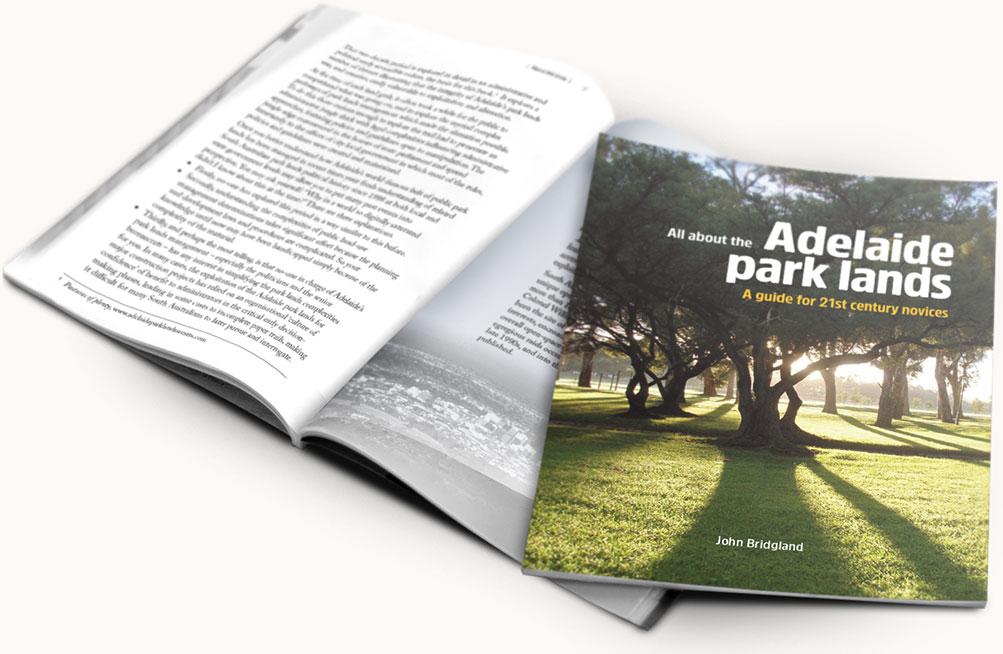
About this website, Adelaide park lands secrets.
The landscape estate surrounding the southern Australian city of Adelaide is an exemplar of city design and is globally recognised. These are community lands whose control and management draws on significant taxpayer and city council ratepayer funding. As such, determinations about related legislation and administrative management policy ought to be comprehensively transparent.
However, a study exploring these matters over the first two decades of the 21st century reveals that a range of Adelaide park lands policy matters have not been transparently managed and, as a result, are not well understood by the South Australian public.
The ‘secrets’ aspect of this website explores two perspectives.
The first is that the management tiers in charge of the park lands, state and local government (the city council), have demonstrated a poor record of openly and transparently sharing how and why the task has been managed. As a result, many South Australians today have a poor understanding of the legislative and administrative features and complexities.
A second perspective is that many South Australian citizens have no understanding of a long-established legal ‘culture of confidentiality’ that has influenced many administrative and land-use determinations made about the Adelaide park lands.
There are thus two broad ‘secrets’ themes. The first is of public incomprehension of the legal, political and administrative aspects. The second is how and why some park lands management matters have been subject to opaque procedures and record keeping, or worse, confidential records, resulting in the restriction of some matters from public exposure.
Extract from this book’s chapter ‘What can be done?’
‘Until change occurs, the disputes, raids, ruses, larks and lurks that have characterised the management of Adelaide’s park lands since the enactment of the Adelaide Park Lands Act 2005 will continue. The Act was supposed to signal the end of the reign of alienation and exploitation of this great state asset. But if nothing changes, South Australia will reach the 200th anniversary of Colonel Light’s Adelaide City Plan in 2037 still shackled by a flawed system, suffocated by layers of multi-level, legal and administrative complexity and secrecy. This has benefited state bodies and commercial sport and other recreation cliques, highlighting a development model that cannot wean itself of an enduring desire to capitalise on the existence of free, city edge land.’

